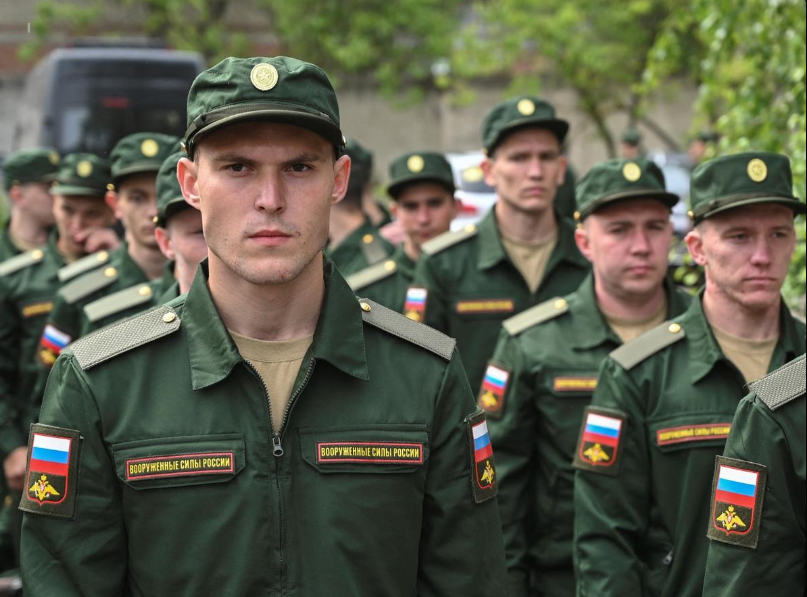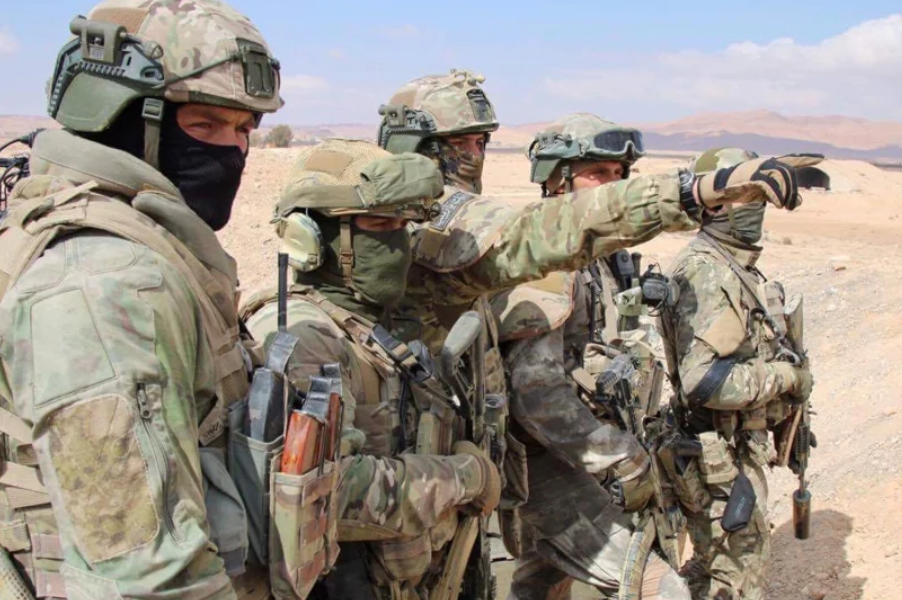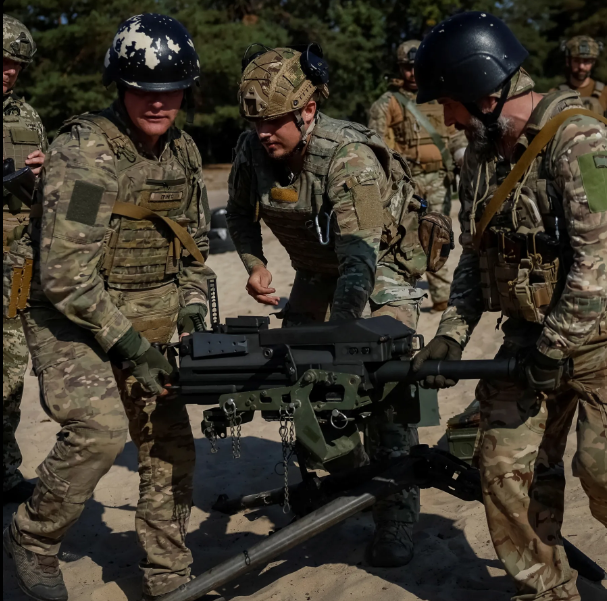Table of Contents
The Russia Military: Current Status and Future Outlook
Russia Military An analysis of the current status and future outlook amid ongoing challenges and strategic objectives in Ukraine.
The Russia Military has undergone significant changes and faced numerous challenges since its invasion of Ukraine in February 2022. This article explores the current state of the Russian military, its strategic objectives, and the implications for global security.





Historical Context and Recent Developments
Since the dissolution of the Soviet Union, the Russia Military has experienced various transformations, but the ongoing conflict in Ukraine has catalyzed a rapid re-evaluation of its capabilities. Initially, Russia’s military efforts were met with unexpected resistance from Ukrainian forces, leading to heavy losses in personnel and equipment. Despite these setbacks, recent analyses indicate that Russia has been actively working to rebuild and adapt its military capabilities.In 2023, Russian forces reportedly increased their troop numbers from approximately 360,000 to around 470,000. This expansion reflects a concerted effort to stabilize their command structure and enhance operational effectiveness. However, the quality of recruits has been a concern, with many soldiers receiving inadequate training before being deployed to combat zones.
Strategic Objectives
Russia’s military strategy appears to be focused on three primary objectives:
- Attrition Warfare: The Russia Military aims to wear down Ukrainian forces through sustained pressure along the front lines. This strategy involves inflicting continuous casualties on Ukrainian troops while exhausting their resources.
- Disruption of International Support: Another key objective is to undermine Ukraine’s international alliances by diminishing the resolve of its partners to provide military aid. By creating a perception of a prolonged conflict, Russia hopes to weaken Western support for Ukraine.
- Gradual Offensive Operations: Once Ukrainian defenses are sufficiently depleted, Russia plans to initiate larger offensive operations aimed at reclaiming territory and asserting control over occupied regions.
Early Struggles and Tactical Reassessment
In the initial phases of the invasion, Russian forces faced unexpected resistance from Ukrainian troops, leading to heavy losses and logistical failures. The early strategy, characterized by a fragmented command structure and reliance on combined arms battalions, proved ineffective against a well-motivated and increasingly well-equipped Ukrainian military. In April 2022, Russia restructured its command by appointing a single commander to oversee operations, which facilitated a more unified approach to military engagements across different fronts.
Strategic Objectives Moving Forward
As Russia continues to adapt its tactics, its strategic objectives remain focused on several key areas:
- Sustaining Pressure on Ukraine: By maintaining a continuous offensive posture along various fronts, Russia aims to deplete Ukrainian resources and morale over time. The strategy involves conducting smaller tactical attacks rather than large-scale offensives, allowing for more manageable troop rotations while inflicting consistent losses on Ukrainian forces.
- Breaking International Support for Ukraine: Another objective is to undermine the resolve of Ukraine’s international partners by demonstrating that continued support may not yield significant territorial gains for Ukraine. This aspect of Russia’s strategy seeks to create doubt among Western allies regarding the effectiveness of their military aid.
- Long-Term Military Goals: Looking ahead, Russia appears committed to achieving a favorable political outcome in Ukraine by 2026. This timeline reflects a broader strategy aimed at exhausting Ukrainian military capabilities while simultaneously seeking diplomatic leverage.
Military Rebuilding Efforts
In response to significant losses incurred during the early stages of the war, Russia Military has mobilized its defence industry and increased military spending dramatically. Reports indicate that defence spending is projected to reach approximately $130 billion–$140 billion annually, which constitutes about 6% of Russia’s GDP. This financial commitment has enabled Russia to ramp up production of key military assets:
- Tanks: Russia is on track to produce or refurbish over 1,200 main battle tanks annually.
- Artillery: The country aims to manufacture at least 3 million artillery shells per year, significantly outpacing NATO’s combined production capabilities.
Moreover, Russia has sought assistance from allies like Iran and North Korea for munitions and equipment, further bolstering its military capabilities amid Western sanctions.
Challenges Ahead
Despite these rebuilding efforts, several challenges persist for the Russia Military:
- Quality vs. Quantity: While troop numbers have increased, concerns remain regarding the quality of training and equipment available to new recruits. This could hinder effective combat operations in complex scenarios.
- Logistical Issues: Sustaining a large-scale Russia Military operation requires robust logistics and supply chains. The effectiveness of Russia’s logistics will be critical in maintaining operational tempo over time.
- International Isolation: Continued reliance on foreign support raises questions about the long-term sustainability of Russia Military efforts. Any disruptions in these relationships could severely impact its operational capabilities.
Adaptation of Russian Military Tactics Since the 2022 Invasion of Ukraine
Since the onset of the invasion of Ukraine in February 2022, the Russian military has undergone significant tactical adaptations in response to battlefield challenges and the evolving nature of warfare. This article examines how these adaptations have shaped Russian military operations and their implications for the ongoing conflict.
Key Tactical Changes
- Integration of Elite and Disposable Forces: One notable adaptation has been the integration of elite units with less trained, disposable infantry. This “meatstorm” tactic involves overwhelming Ukrainian positions with waves of poorly trained soldiers to exhaust their defenses before deploying more capable troops for decisive actions. This approach allows Russian forces to maintain pressure on Ukrainian defenses while managing personnel losses.
- Enhanced Defensive Structures: After suffering significant setbacks, Russia fortified its positions by constructing extensive defensive lines in southern Ukraine. These fortifications include deep trenches, minefields, and strong points designed to slow down and inflict casualties on advancing Ukrainian forces. The construction of these defenses marks a shift from early war tactics that relied on rapid advances without sufficient preparation.
- Emphasis on Artillery and Drones: The Russian military has significantly increased its reliance on artillery and drone warfare. Improved coordination between artillery units and reconnaissance drones has enhanced targeting accuracy and response times. This adaptation has allowed Russian forces to conduct effective counter-battery operations while minimizing their own exposure to Ukrainian strikes.
- Electronic Warfare Capabilities: Russia has also focused on improving its electronic warfare (EW) capabilities. By deploying advanced EW systems, Russian forces can disrupt Ukrainian communications and targeting systems, complicating their operational effectiveness. This capability has been crucial in maintaining an advantage over Ukrainian forces that rely heavily on drone surveillance.
- Logistical Adaptations: In response to Ukrainian long-range strike capabilities, Russia has adapted its logistics by dispersing its supply lines and command centers. This strategy aims to mitigate the impact of precision strikes from Western-supplied systems like HIMARS. Additionally, Russia has mobilized its defense industry to increase production of munitions and military equipment, ensuring a steady supply for ongoing operations.

Conclusion
The Russia Military remains a formidable force despite facing significant challenges since the onset of the Ukraine conflict. Its ability to adapt and rebuild will be crucial as it seeks to achieve its strategic objectives in the region. As global powers monitor these developments closely, the implications for international security remain profound.
The Russian military’s ability to adapt its tactics since the 2022 invasion of Ukraine highlights both its resilience and the complexities of modern warfare. As it continues to refine its strategies in response to battlefield realities, the implications for Ukraine—and global security—remain significant. Understanding these adaptations is crucial for anticipating future developments in this ongoing conflict.